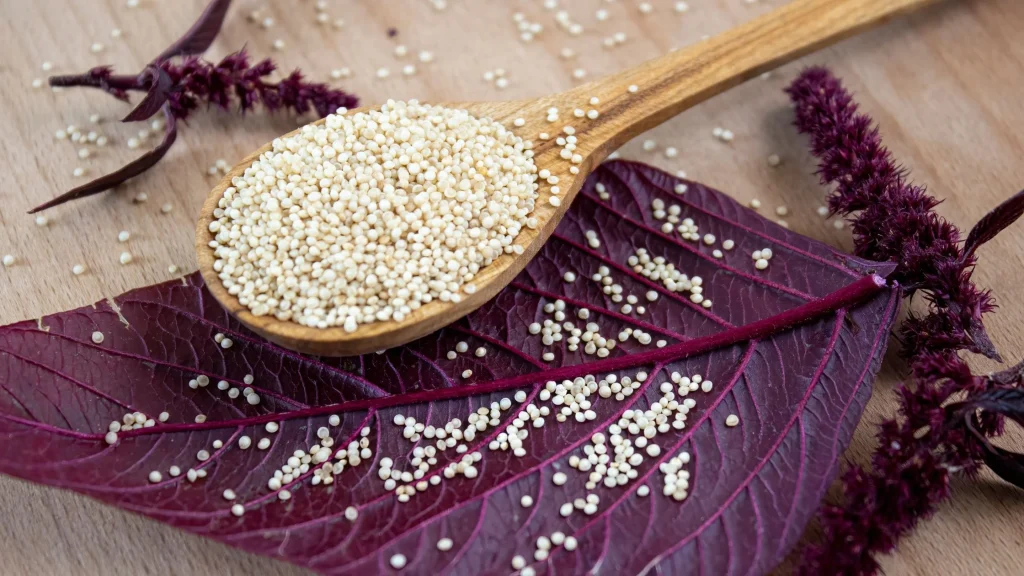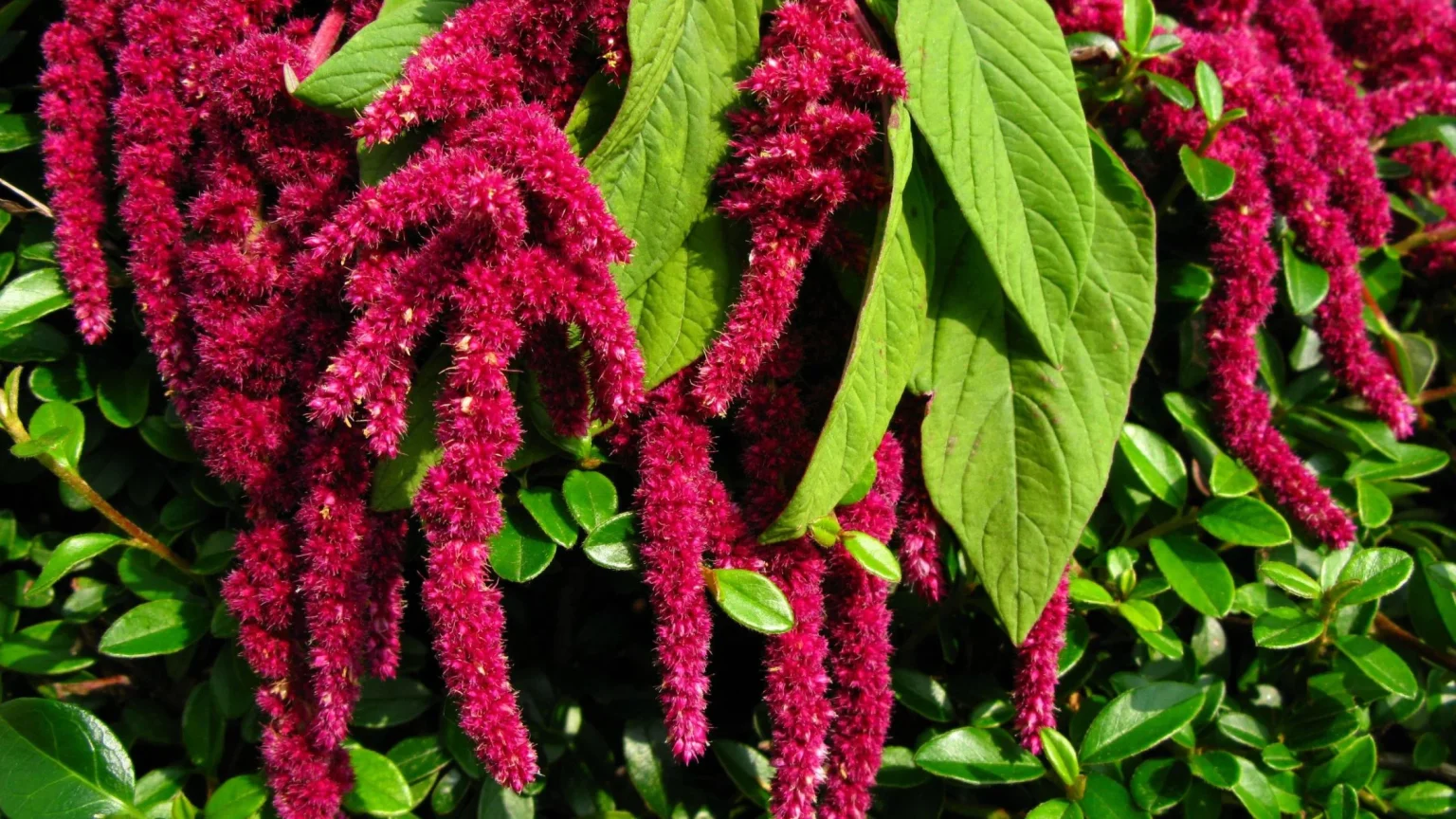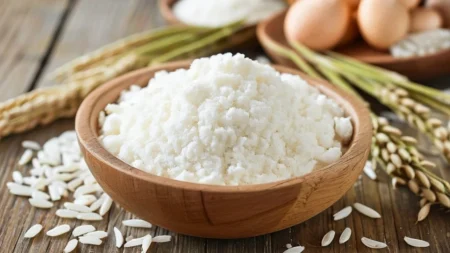Amaranth is an ancient pseudocereal that has been cultivated for thousands of years, tracing its origins back to the Aztec and Mayan civilizations of Mesoamerica. Considered a superfood, amaranth is packed with a wealth of essential nutrients, making it a nutritious and versatile addition to any diet. This article will explore the fascinating history, nutritional profile, and culinary uses of this remarkable ancient grain.

Key Takeaways
- Amaranth is an ancient, nutrient-dense pseudocereal with a rich history.
- It is a gluten-free grain that is high in protein, fiber, and various minerals.
- Amaranth can be used in a variety of savory and sweet dishes, making it a versatile ingredient in the kitchen.
- Consumption of amaranth may offer potential health benefits, including supporting heart health and blood sugar regulation.
- Incorporating amaranth into one’s diet can be a simple way to boost nutritional intake and diversify one’s grain choices.
What is Amaranth?
Amaranth is a highly nutritious pseudocereal that has been a staple food in many traditional cultures for centuries. Unlike true cereals, amaranth is not a grass but rather a plant closely related to spinach and quinoa. The term “pseudocereal” refers to the fact that amaranth is used similarly to a cereal grain, despite its botanical classification.
An Ancient Superfood
Amaranth is considered an ancient superfood, as it has been cultivated for thousands of years and revered for its exceptional nutritional profile. This versatile pseudocereal has a long and fascinating history, tracing its origins back to the Aztec and Mayan civilizations of Mesoamerica.
Origins and History
The origins and history of amaranth are deeply rooted in the rich cultural traditions of ancient Mesoamerican civilizations. Amaranth was a staple food and an integral part of religious and cultural practices for the Aztecs and Mayans, who recognized its remarkable nutritional value and cultivated it extensively.
Nutritional Profile of Amaranth
Amaranth is a highly nutritious pseudocereal, boasting an impressive array of essential nutrients. One of the key highlights of amaranth’s nutritional profile is its exceptional protein content. Compared to many other grains, amaranth contains a higher percentage of complete, high-quality protein, making it an excellent choice for vegetarians, vegans, and those looking to increase their plant-based protein intake.
Protein-Rich Pseudocereal
With its protein-rich composition, amaranth stands out among other grains. It provides a comprehensive amino acid profile, including all the essential amino acids our bodies require. This makes amaranth a valuable addition to a balanced diet, particularly for individuals seeking to boost their protein intake from plant-based sources.
Essential Amino Acids
Amaranth is unique in its amino acid content, boasting a well-rounded profile that includes all the essential amino acids that our bodies cannot produce on their own. This comprehensive amino acid composition contributes to amaranth’s status as a complete, high-quality protein source, making it a valuable addition to any diet.
Dietary Fiber and Minerals
In addition to its impressive protein content, amaranth is also a rich source of dietary fiber and essential minerals. The grain is particularly high in manganese, magnesium, phosphorus, and iron, making it a nutritional powerhouse that can help support overall health and well-being.
Amaranth: A Gluten-Free Grain
One of the key advantages of amaranth is its gluten-free status, making it a safe and nutritious option for individuals with celiac disease or gluten intolerance. Unlike wheat, barley, and rye, amaranth does not contain gluten, a protein that can be problematic for those with gluten-related health conditions.
Safe for Celiac Disease and Gluten Intolerance
Individuals with celiac disease, a serious autoimmune disorder that is triggered by the consumption of gluten, can safely incorporate amaranth into their diets. Similarly, those with gluten intolerance, a less severe but still debilitating condition, can also benefit from the gluten-free nature of this ancient grain.
By providing a versatile, nutrient-dense alternative to traditional gluten-containing grains, amaranth offers a valuable solution for those seeking to maintain a gluten-free lifestyle. Its absence of gluten makes it a welcome addition to the diets of individuals with these health considerations, allowing them to enjoy the nutritional advantages of amaranth without the risks associated with gluten consumption.
Cooking with Amaranth
Amaranth’s unique flavor and texture make it a highly versatile ingredient in the kitchen. With its nutty, earthy taste and small, round grains, amaranth can be utilized in a wide range of both savory and sweet dishes.
Versatile Grain for Savory and Sweet Dishes
In savory preparations, amaranth can be used as a base for pilafs, stews, and casseroles, adding a delightful nutty note to the dish. The grain’s small size also makes it an excellent addition to soups, where it can add both texture and nutrition. For sweet applications, amaranth shines in baked goods such as muffins, cookies, and even as a breakfast porridge.
Popular Amaranth Recipes
One of the most beloved amaranth dishes is the ancient Aztec treat, alegría, a chewy candy made by popping the grains and combining them with honey or molasses. Another popular recipe is amaranth croquettes, which feature the cooked grain formed into patties and then pan-fried to golden perfection. For a healthier option, amaranth can be used as a base for a nutrient-dense breakfast porridge, sweetened with fruit and a touch of maple syrup.
FAQ
What is Amaranth?
Amaranth is an ancient pseudocereal that has been cultivated for thousands of years, tracing its origins back to the Aztec and Mayan civilizations of Mesoamerica. It is a highly nutritious superfood packed with essential nutrients.
What are the origins and history of Amaranth?
Amaranth is an ancient grain that has been a staple food in many traditional cultures for centuries. Unlike true cereals, amaranth is not a grass but rather a plant closely related to spinach and quinoa.
What is the nutritional profile of Amaranth?
Amaranth is a highly nutritious pseudocereal, boasting an impressive array of essential nutrients. It is particularly high in protein, containing a higher percentage of complete, high-quality protein compared to many other grains.
Is Amaranth gluten-free?
Yes, one of the key advantages of amaranth is its gluten-free status, making it a safe and nutritious option for individuals with celiac disease or gluten intolerance.
How can Amaranth be used in cooking?
Amaranth’s unique flavor and texture make it a highly versatile ingredient in the kitchen. It can be utilized in a wide range of both savory and sweet dishes.
What are some popular Amaranth recipes?
Some popular amaranth recipes include amaranth porridge, amaranth-based veggie burgers, amaranth granola, and amaranth-infused baked goods.











